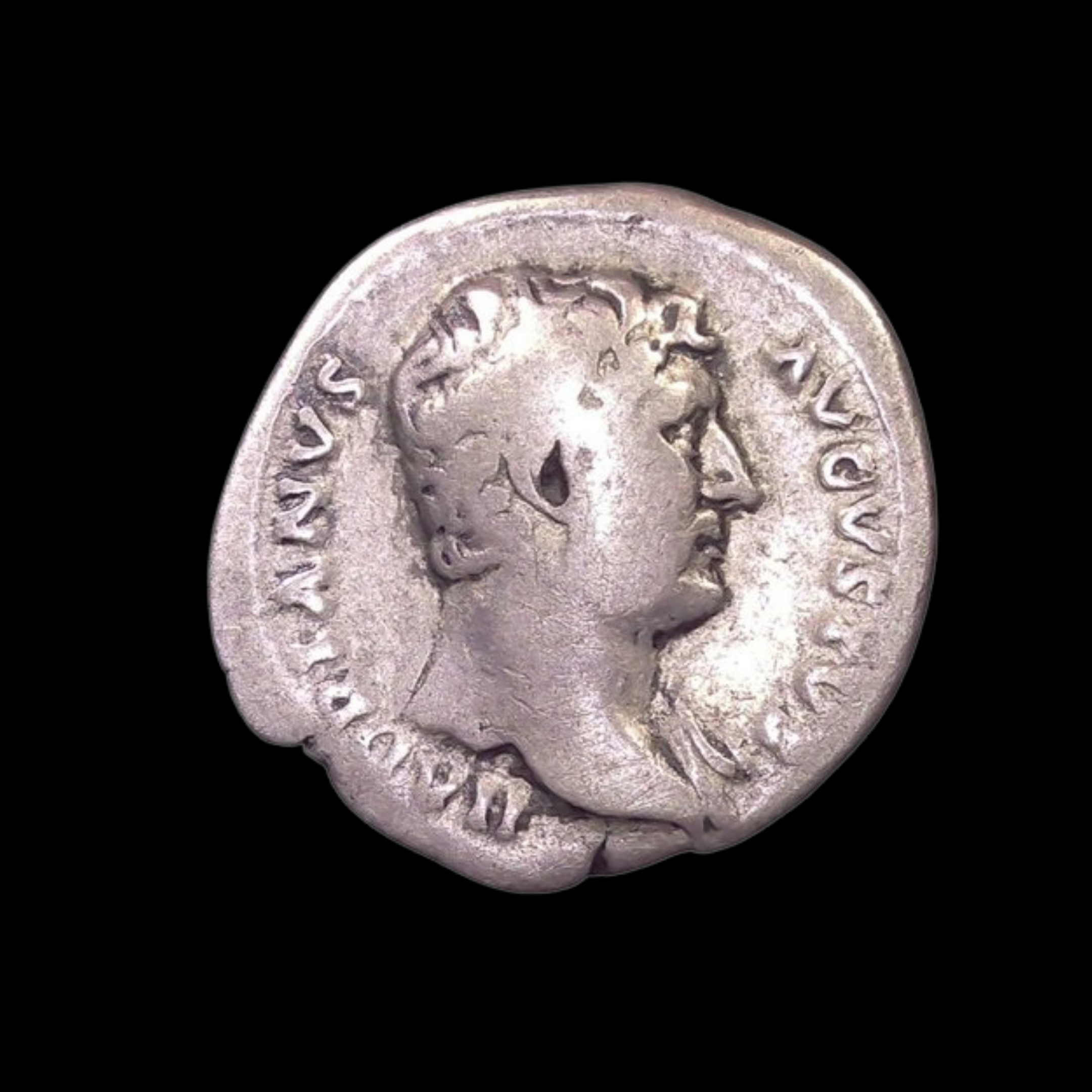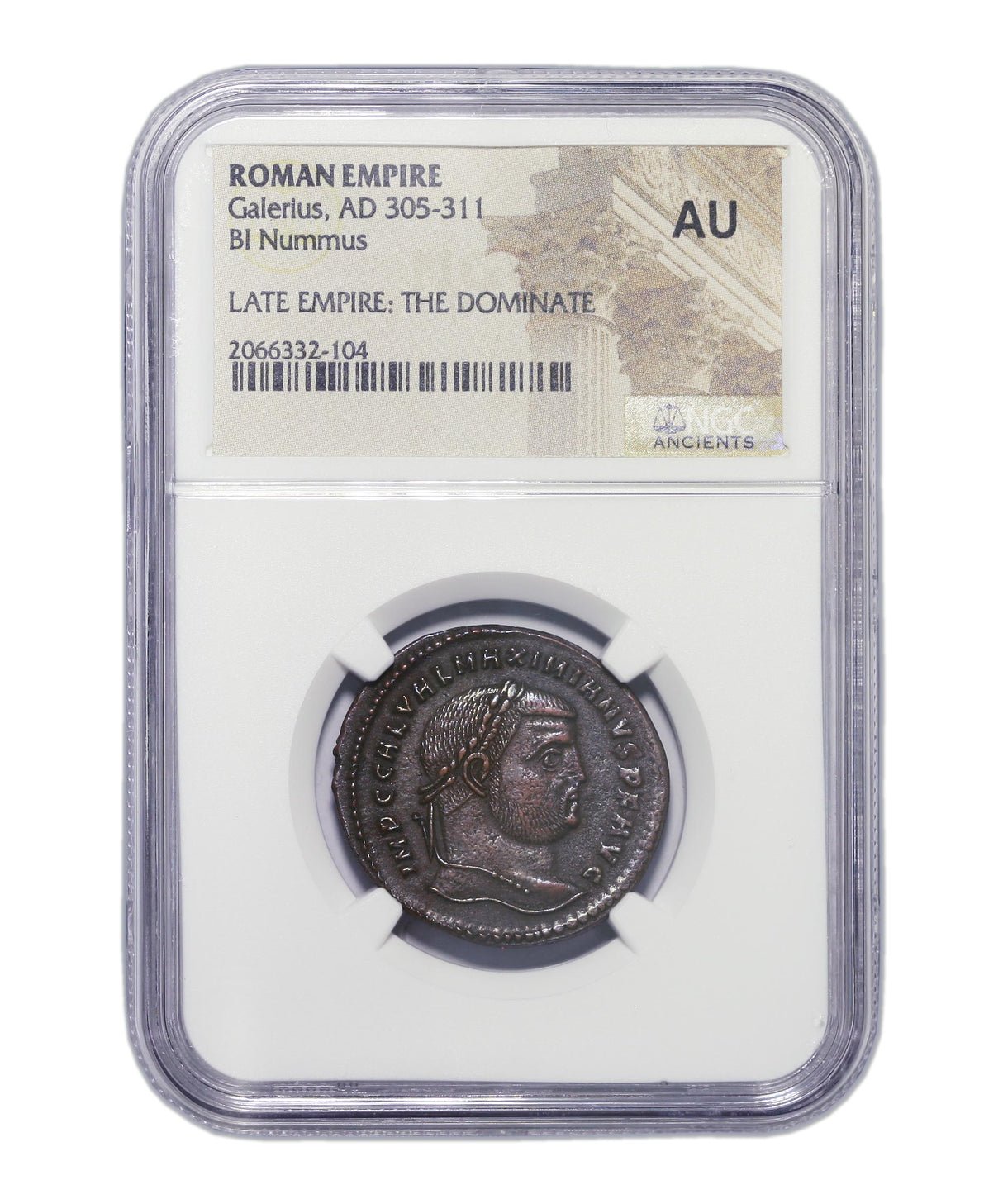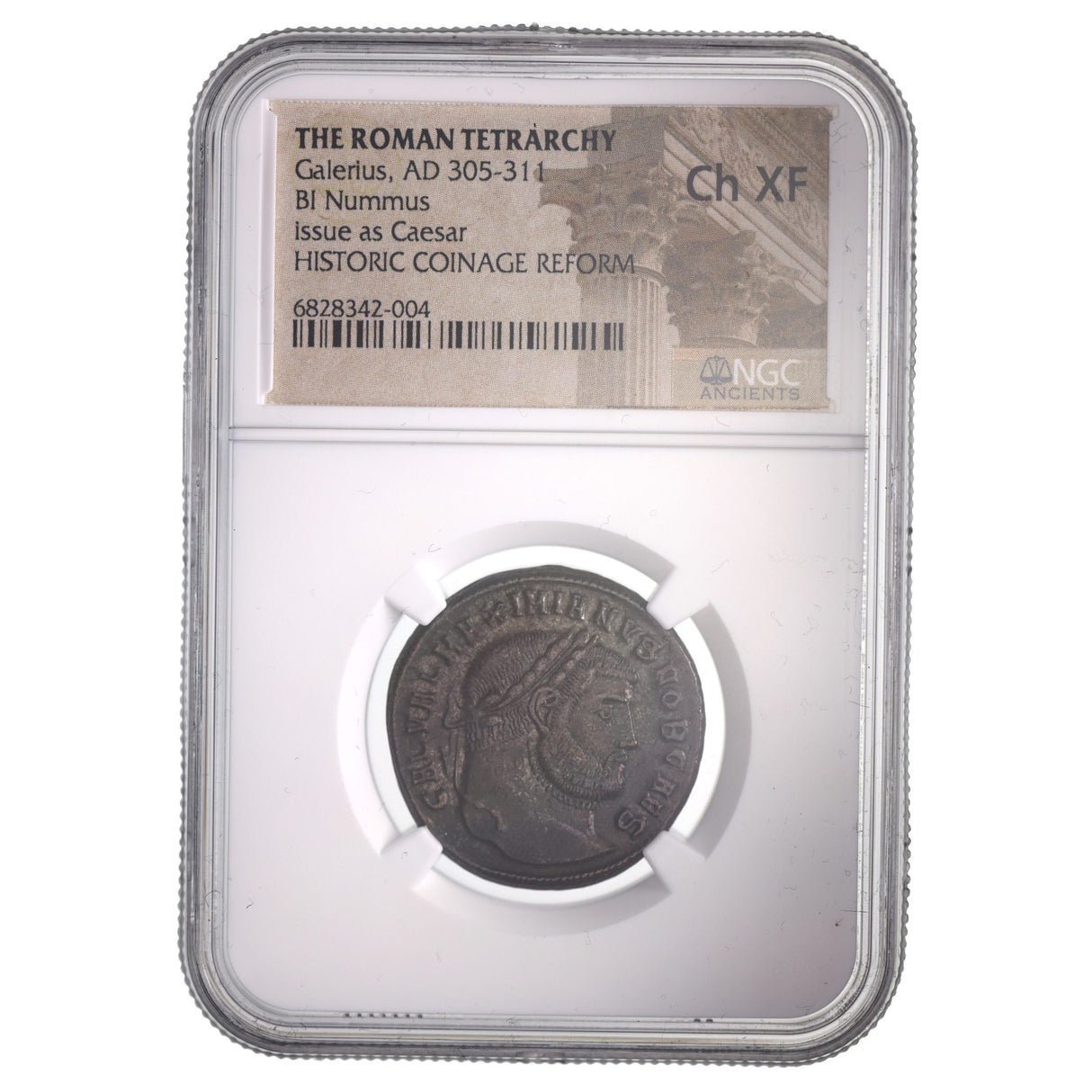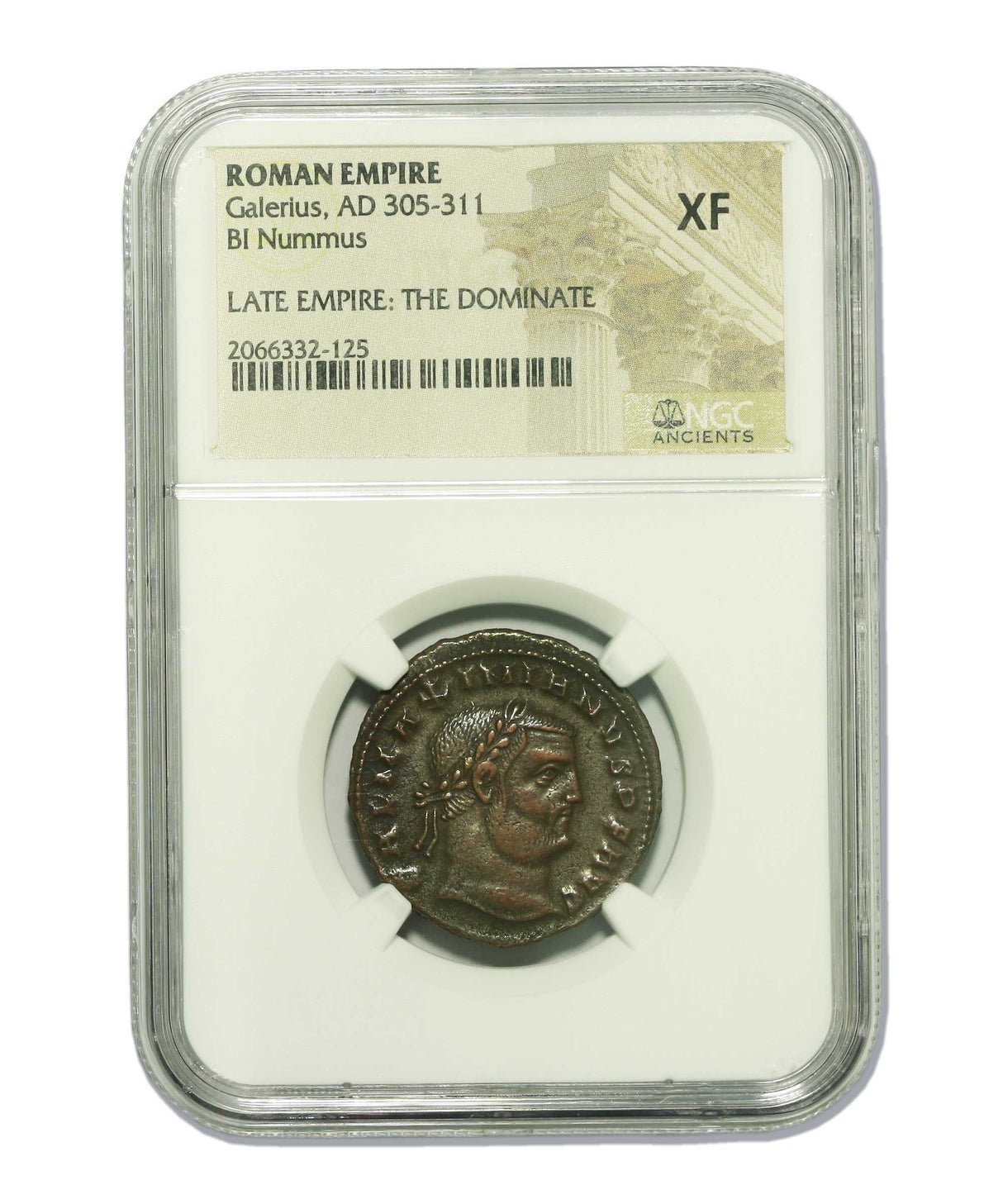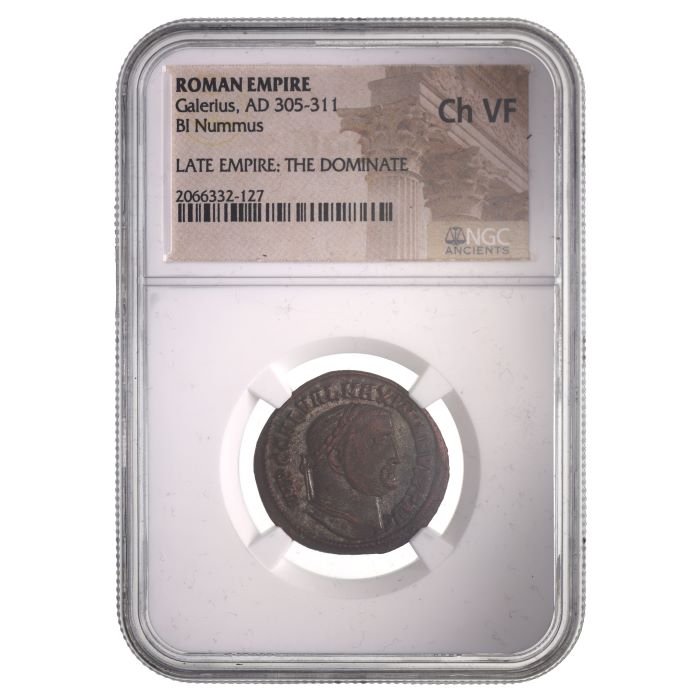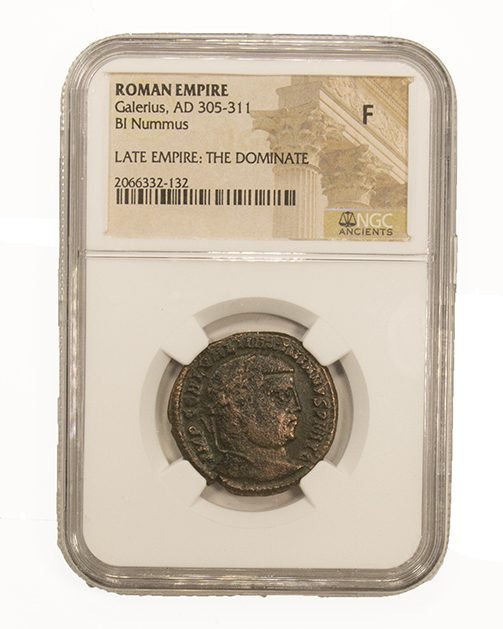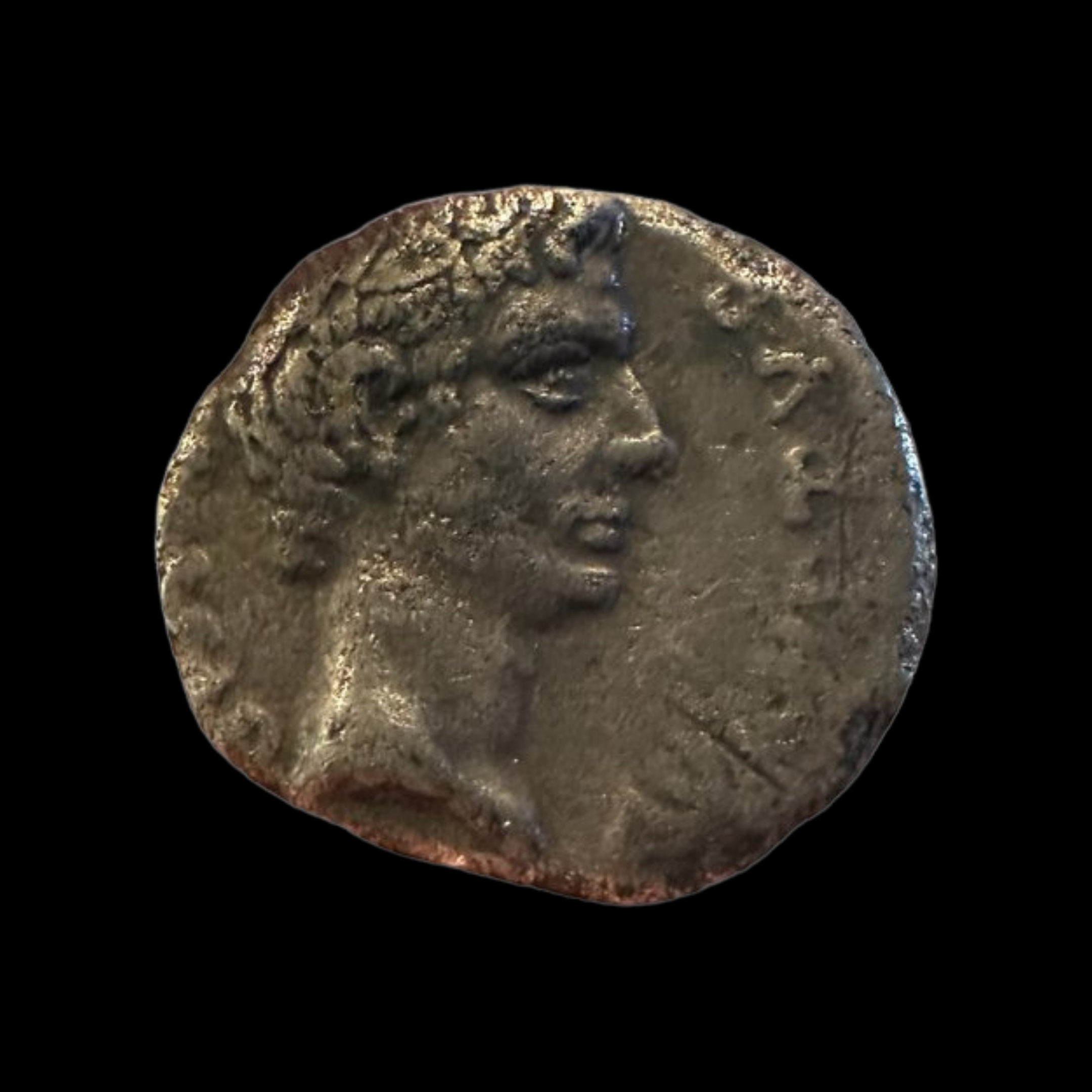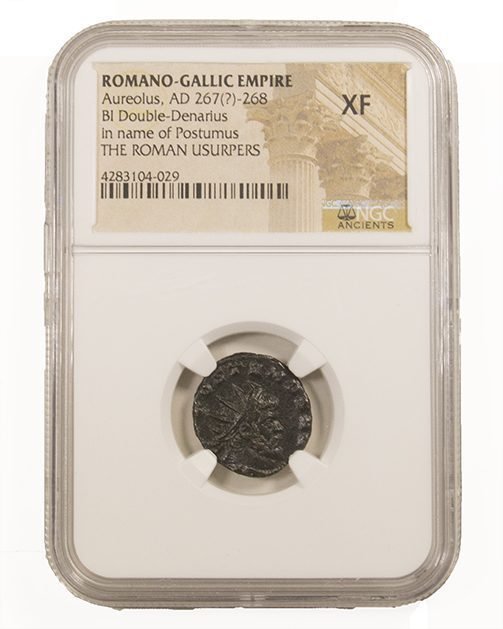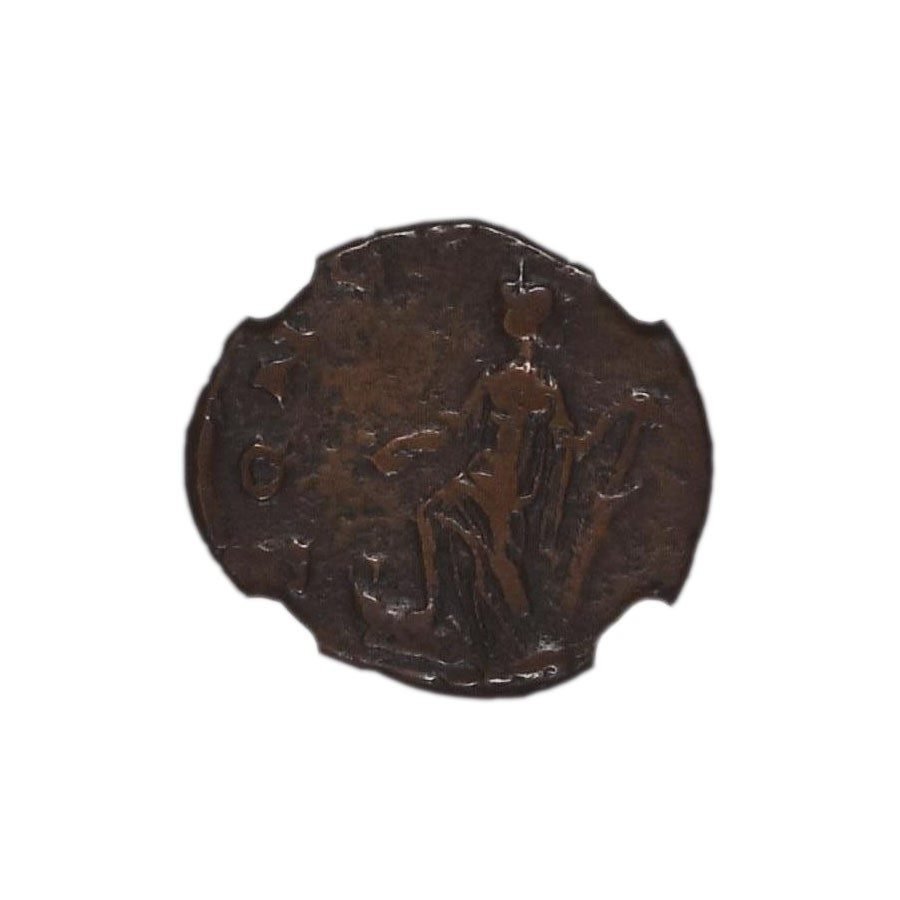Roman Silver Denarius of Emperor Hadrian featuring Liberalitas (about 1890 years ago)
This silver denarius (common Roman silver coin) was minted around 132 AD in Rome during the reign of Emperor Hadrian.
Front Side: Features the laureate (bay leaf crowned) head of Emperor Hadrian facing right with the inscription "HADRIANVS - AVG COS II P P" (Hadrian Augustus, Consul twice, Father of his Country)
Back Side: Depicts Liberalitas (personification of generosity) standing left, holding a coin counter and cornucopia (horn of plenty), with the inscription "LIBERA - LITAS AVG VI" (the sixth imperial generosity)
Technical Details:
Weight: 3.10 grams
References: RIC-2018 (S), C-938, BMC-665 note
Historical Significance: This coin commemorates Emperor Hadrian's sixth act of liberalitas, which was a public distribution of money or food to the citizens of Rome. These ceremonial distributions were important political gestures that demonstrated the emperor's generosity and concern for his people. Hadrian, known for his extensive travels throughout the empire and his architectural achievements (including Hadrian's Wall in Britain and the rebuilt Pantheon in Rome), used such ceremonies to maintain popularity with the Roman populace while implementing his policies of peace and cultural development.
This silver denarius (common Roman silver coin) was minted around 132 AD in Rome during the reign of Emperor Hadrian.
Front Side: Features the laureate (bay leaf crowned) head of Emperor Hadrian facing right with the inscription "HADRIANVS - AVG COS II P P" (Hadrian Augustus, Consul twice, Father of his Country)
Back Side: Depicts Liberalitas (personification of generosity) standing left, holding a coin counter and cornucopia (horn of plenty), with the inscription "LIBERA - LITAS AVG VI" (the sixth imperial generosity)
Technical Details:
Weight: 3.10 grams
References: RIC-2018 (S), C-938, BMC-665 note
Historical Significance: This coin commemorates Emperor Hadrian's sixth act of liberalitas, which was a public distribution of money or food to the citizens of Rome. These ceremonial distributions were important political gestures that demonstrated the emperor's generosity and concern for his people. Hadrian, known for his extensive travels throughout the empire and his architectural achievements (including Hadrian's Wall in Britain and the rebuilt Pantheon in Rome), used such ceremonies to maintain popularity with the Roman populace while implementing his policies of peace and cultural development.
This silver denarius (common Roman silver coin) was minted around 132 AD in Rome during the reign of Emperor Hadrian.
Front Side: Features the laureate (bay leaf crowned) head of Emperor Hadrian facing right with the inscription "HADRIANVS - AVG COS II P P" (Hadrian Augustus, Consul twice, Father of his Country)
Back Side: Depicts Liberalitas (personification of generosity) standing left, holding a coin counter and cornucopia (horn of plenty), with the inscription "LIBERA - LITAS AVG VI" (the sixth imperial generosity)
Technical Details:
Weight: 3.10 grams
References: RIC-2018 (S), C-938, BMC-665 note
Historical Significance: This coin commemorates Emperor Hadrian's sixth act of liberalitas, which was a public distribution of money or food to the citizens of Rome. These ceremonial distributions were important political gestures that demonstrated the emperor's generosity and concern for his people. Hadrian, known for his extensive travels throughout the empire and his architectural achievements (including Hadrian's Wall in Britain and the rebuilt Pantheon in Rome), used such ceremonies to maintain popularity with the Roman populace while implementing his policies of peace and cultural development.


